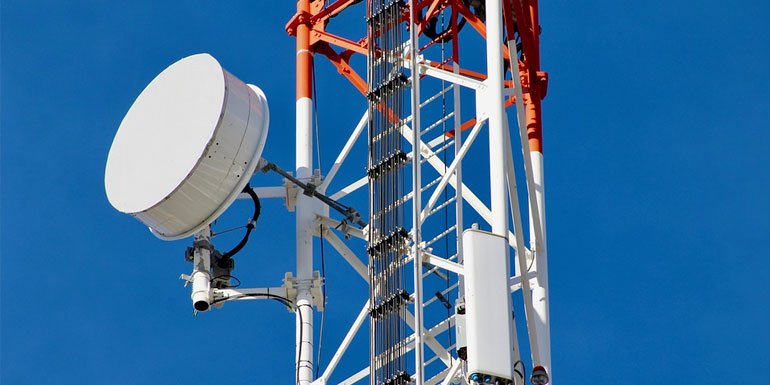India Government has started working on the new telecom policy, which will be application driven as compared to National Telecom Policy, 2012 which was connectivity driven. Telecom minister Manoj Sinha while speaking at a seminar on ‘ICT: Engendering New Governance Structure’ said the new policy has to be focused on the end users. It should look at the newer opportunities for expanding the availability of telecom services.
The advent of high-speed data services and enhanced expectations of the users to get real-time on-demand bandwidth to run near real-time live applications has made the government think of drafting new telecom policy. The telecom ministry has decided to involve a large pool of experts from outside the department, in an aim to get more inputs from the citizens and stakeholders for the new policy.

The Miniter said, while telecom operators are rapidly deploying the 4G technology, his focus is on two important aspects. First the need to expand the connectivity to all parts of India including the north-eastern and Left Wing Extremism affected areas. Secondly to keep an eye on the future generation that is 5G technology and ensures that India plays a key role in standards development and get a healthy share of the innovations and patents in the 5G technology pool.
DoT recently announced the ‘Central Equipment Identity Register’, which paves the way for setting up of IMEI based device registration and authentication that will settle the cases of Mobile Phone theft in the country. Also, the telecom ministry is considering TRAI recommendations on addressing Telecom Consumer Grievances. For that, officers are asked to propose a state-of-the-art technology driven solution that records, monitors and provides end-to-end monitoring of every grievance. This is in addition to TwitterSeva that telecom department offers.
Going through India’s telecom data, as of April 2017, we have close to 1.2 billion telephone connections out of which 1.17 billion are wireless telephone connections. India has also witnessed the rapid growth of the broadband connections that now stands at 276.52 million. Data traffic has grown six-fold from 561 million GB in the first quarter to 2988 million GB in the third quarter of 2016-17. That’s around 400 percent increase in our data consumption.


